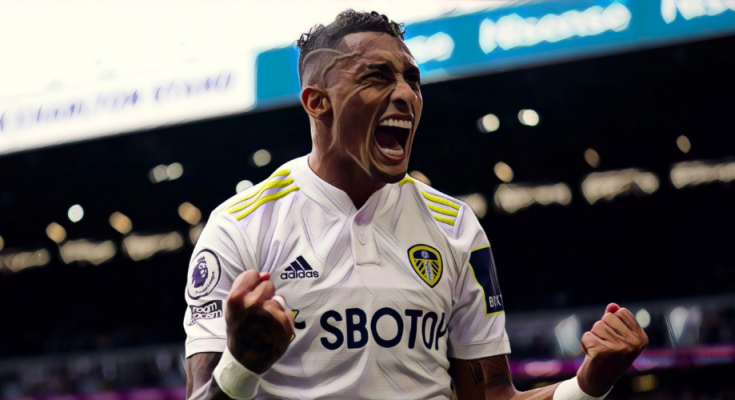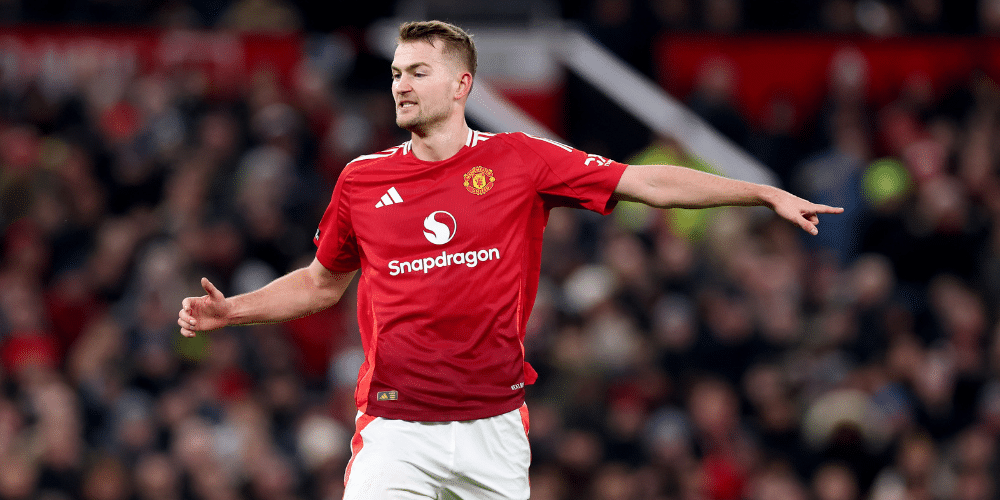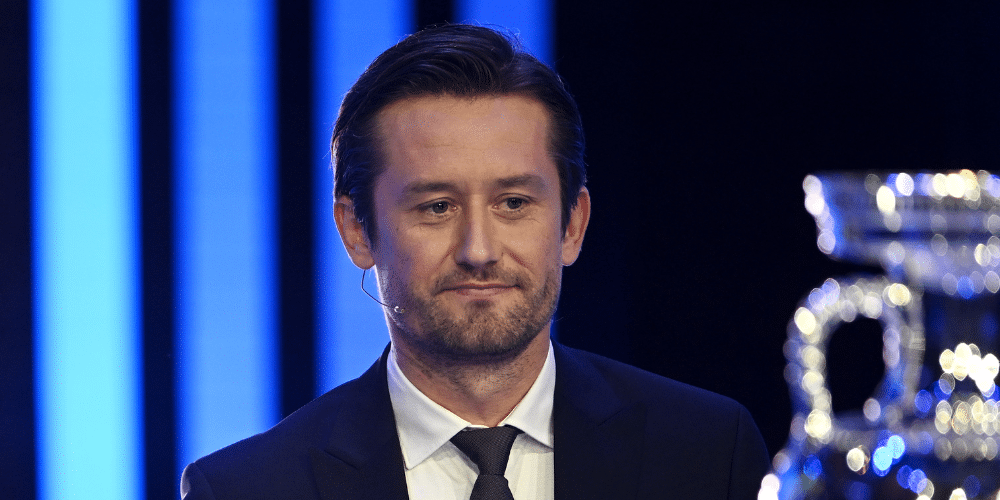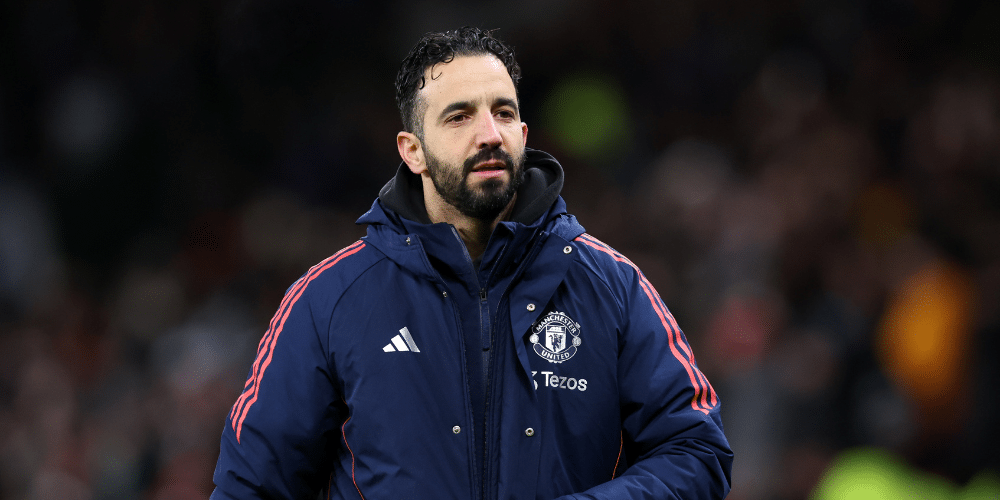While Barcelona have dropped out of the Europa League and have had a dip in league form, Xavi has undoubtedly improved the team since his appointment. He has restored a sense of morale and optimism to the club and enhanced their appeal to prospective signings. Most importantly, he has implemented a clear style of play which has elevated their level of performance.
Fundamental to Xavi’s tactics has been the use of genuine wingers. Upon his arrival, he stressed the importance of adding width, dynamism, intelligent runs, dribbling, and creativity from wide areas to execute his preferred style of attacking. Barcelona’s archetypal style is usually associated with slick passing moves through the middle and creative midfielders such as Iniesta, Ivan Rakitic, and of course, Xavi himself. Yet without the presence of wingers to hold the width and stretch teams horizontally, there would be a lack of space and time centrally to facilitate such moves. Furthermore, wingers are necessary to provide runs from out to in to add incision to the team’s attacking play and translate possession into chance creation.
It’s within this context that Barcelona acquired Ferran Torres, Adama Traore on loan, and are now actively pursuing the signature of Raphinha. During his two seasons in the Premier League, the Brazilian winger has showed his wide range of abilities as his role as adapted.
Under the ausipices of Marcelo Bielsa, Leeds United took the English first tier by storm during the 2020/21 season, playing his quintisential high-octane brand of offensive football. Raphina shone as a creative outlet, performing on par with the top 10% of wingers and attacking midfielders in Europe’s top-five leagues for shot-creating actions, goal-creation actions from dead-balls, expected assists, key passes, progressive passes, and assists.
His technical skillset is incredibly well-rounded, allowing him to pose a danger cutting inside or pulling wide on either flank. Such completeness enhances various aspects of Raphina’s play. As a ball-carrier, he excels at dribbling from the halfway line, higher up on either flank, in congested areas, or into open space. His ability to receive the ball and drive forwards in different directions and at varying angles also makes him much harder to defend, affording him extra time and space to execute actions in the final third. This is partly why his chance-creation is so impressive: his style and quality grants him the perfect conditions to make smart decisions and execute difficult passes in the final third. Within the confines of Bielsa’s rotations and dynamic style, Raphinha thrived as a creative attacking force.
This year, Raphinha has had to shoulder more responsibility in all facets of attack. As the foundations of Bielsa’s tactical system crumbled during the course of his tenure, Jesse Marsch was instated to rescue the club from potential relegation. The context around Leeds has changed dramatically, but the one constant through a season of change has been Raphina’s continued excellence.
He’s become an even more adept ball-progressor, as he’s been given more license to drift deep and initiate attacks himself, shown by his higher volume of progressive passes, carrying and passing distance, and attempted dribbles. Raphinha also makes more long passes and switches, displaying the range of his passing ability and how he can influence the game outside the final third as well. He has also maintained his impressive metrics for shot-creating actions, goal-creating actions, and other chance creation statistics. Despite being surrounded by a less coherent attacking structures and playing with greater pressure due to both’s Leeds’ standing in the Premier League table and the greater responsibility he’s been tasked with, Raphinha has continually demonstrated his proficiency as a creative winger.
At Barcelona, Raphinha would thrive as a rotation option who could eventually become a viable starting player. His raw technical ability and familiarity with the basic structures and tactics Xavi will implement make him a suitable option already. At 25-years-old, he still has room to develop other aspects of his play such as his shot volume and off the ball movement. He’s hard-working defensively and will buy-into Xavi’s desire to have Barcelona press, while his verstaility of traits mean he can be used in a range of roles and game states based on the team’s needs. Perhaps even more importantly for Barcelona, Raphinha would be relatively inexpensive, especially if Leeds were to get relegated.
In all aspects, Raphinha is a sensible target for Xavi’s Barcelona. He would be a smart addition to an exciting squad which will be aiming to re-establish themselves among the best teams in Europe.



